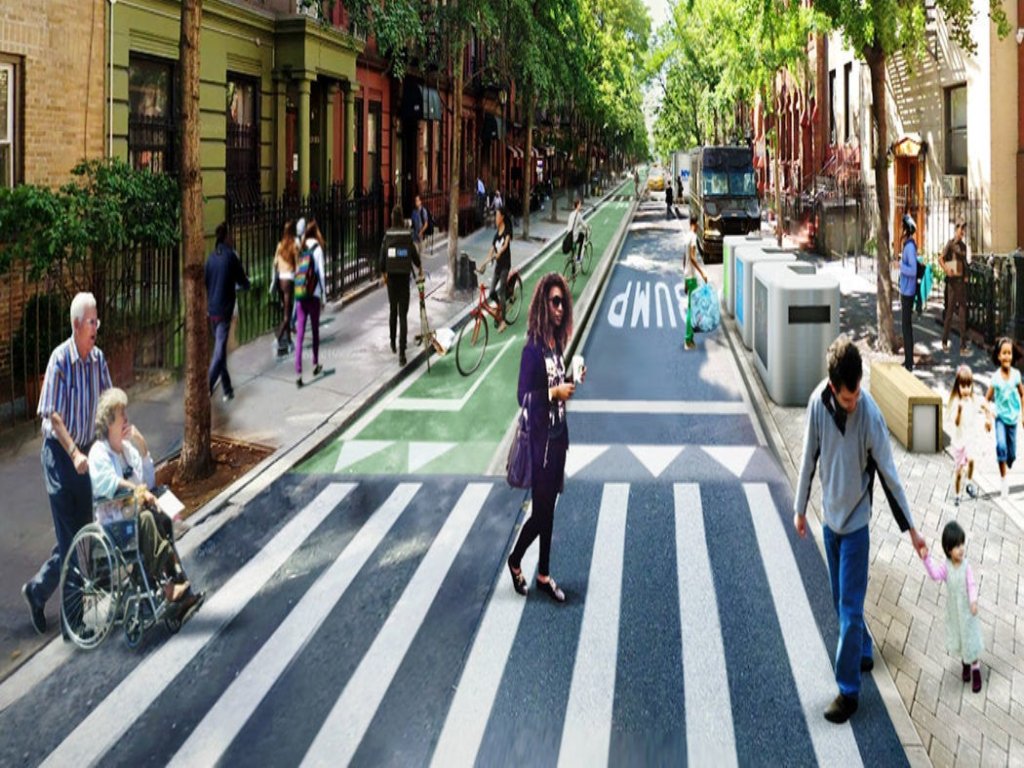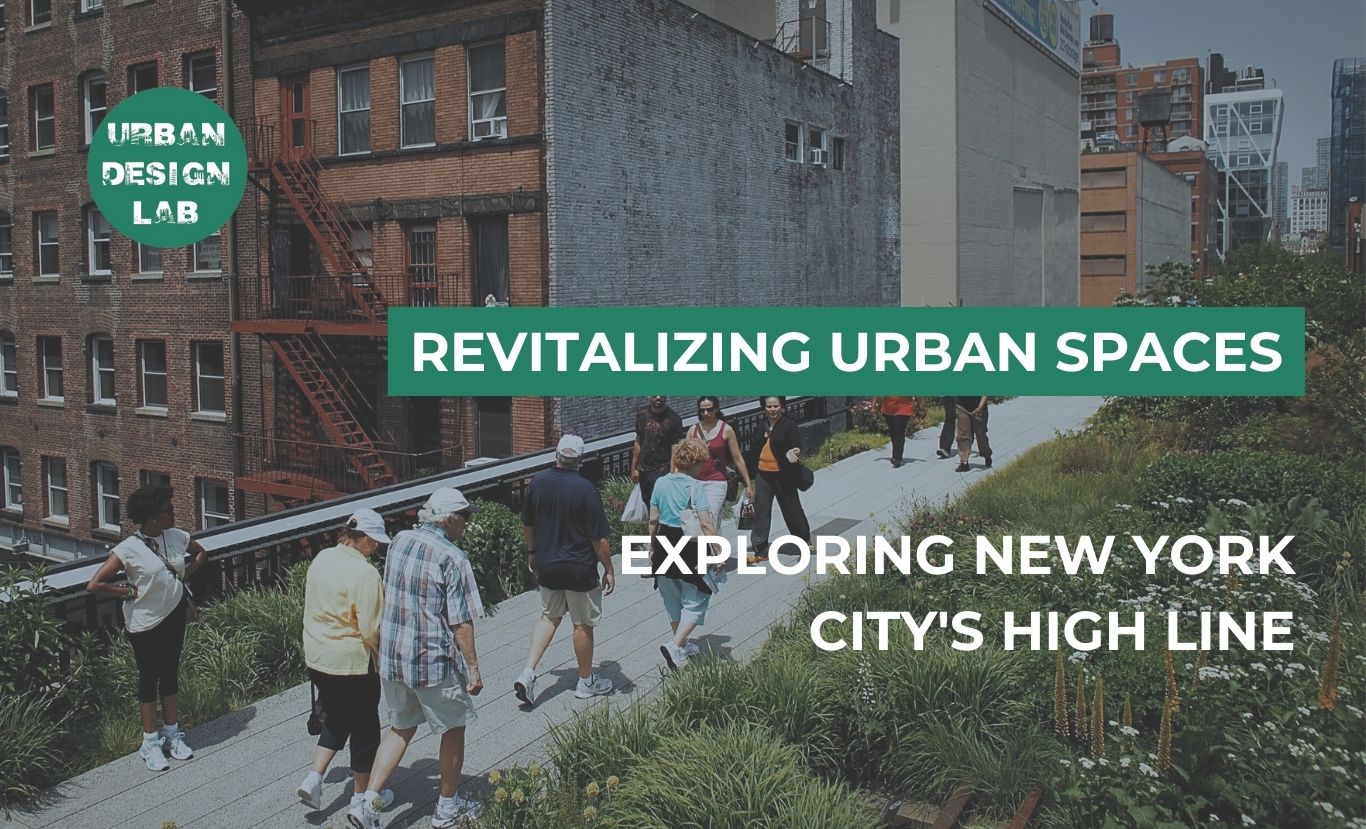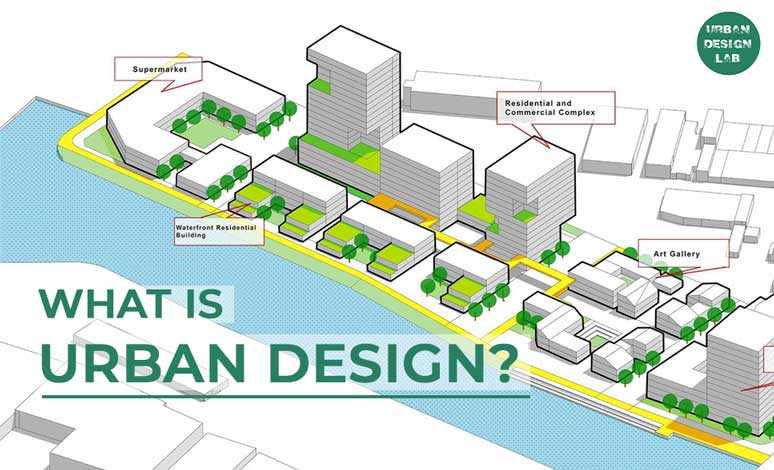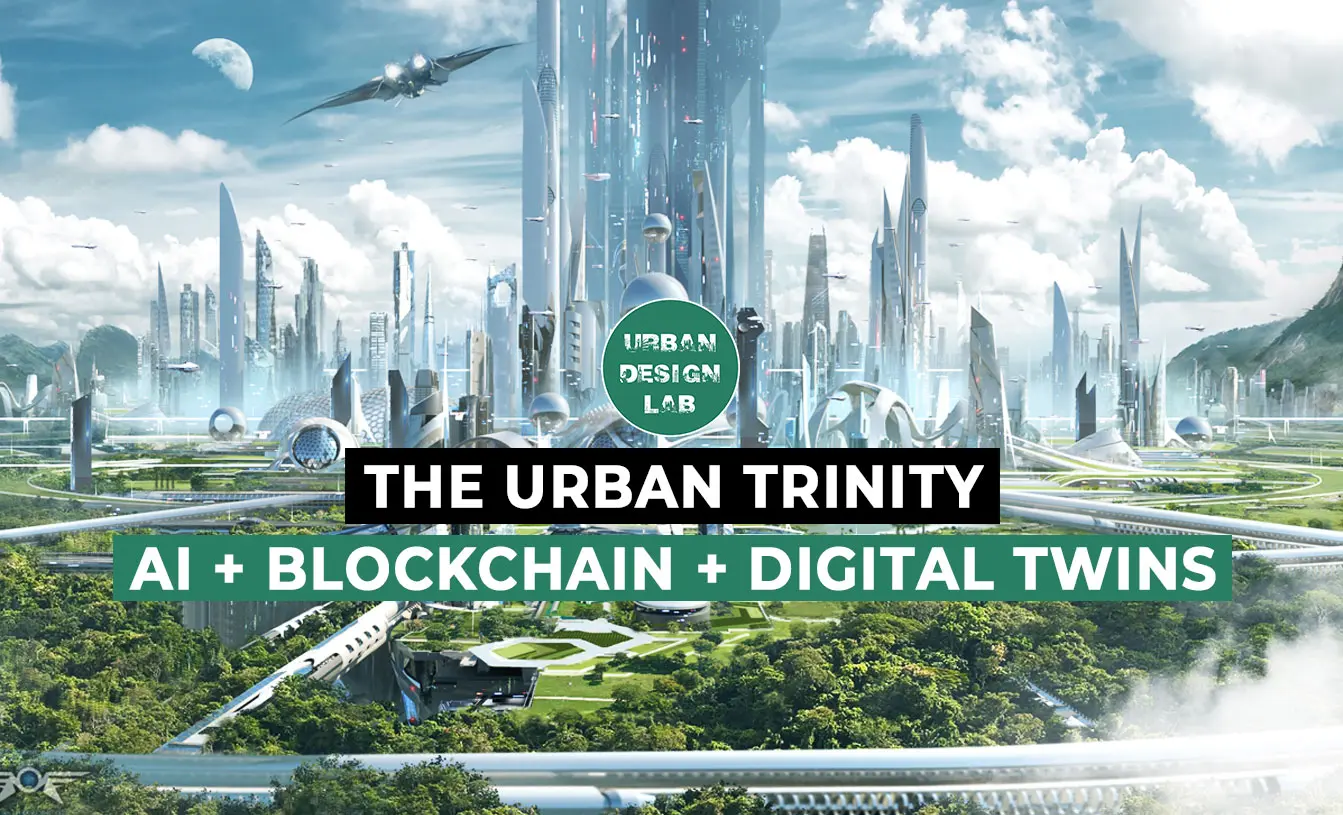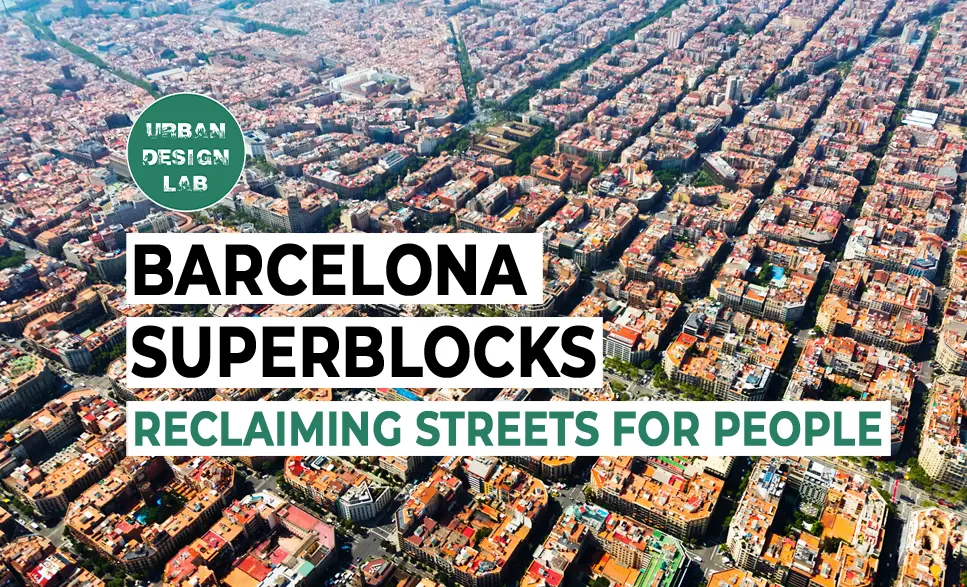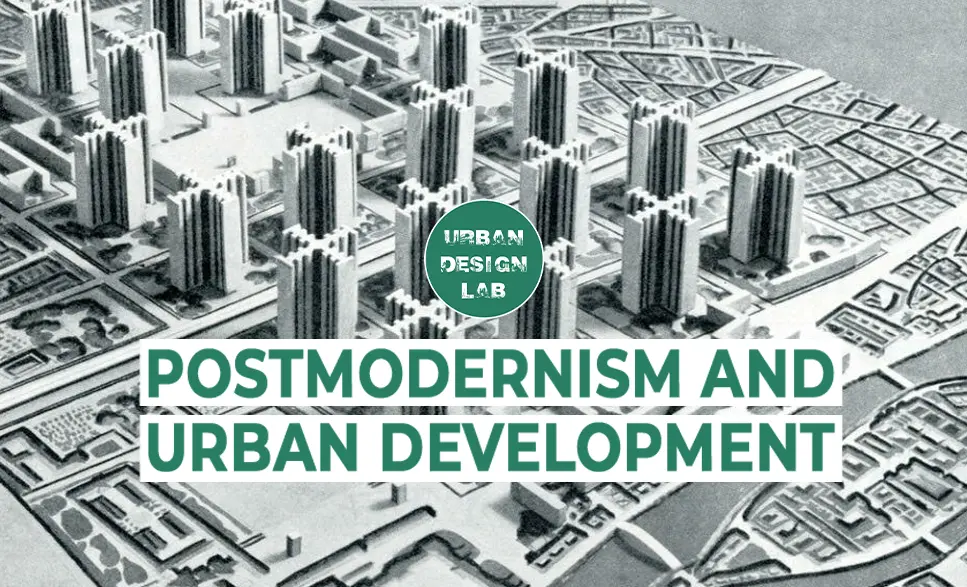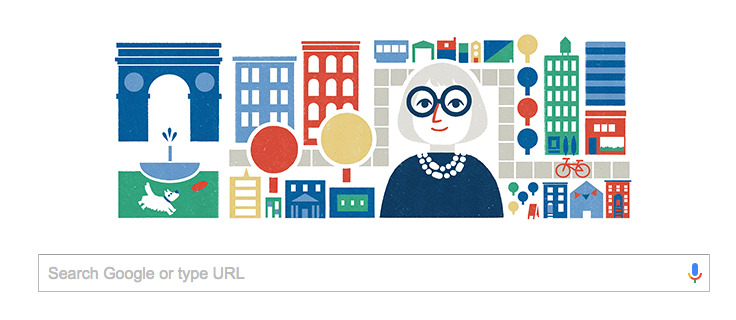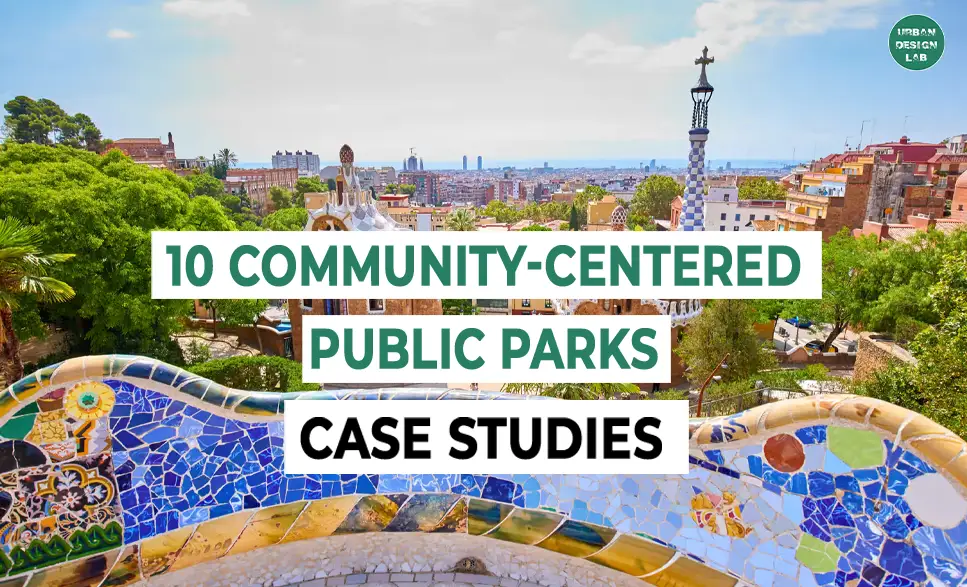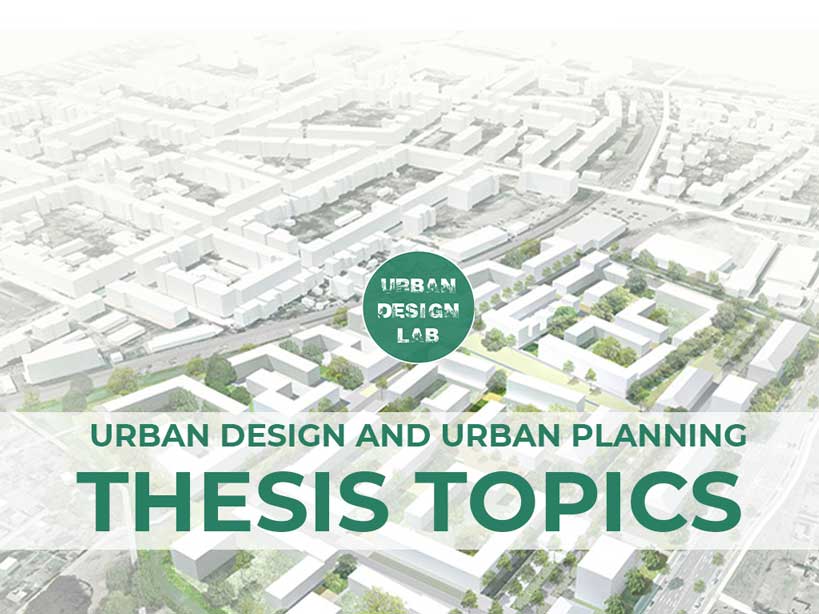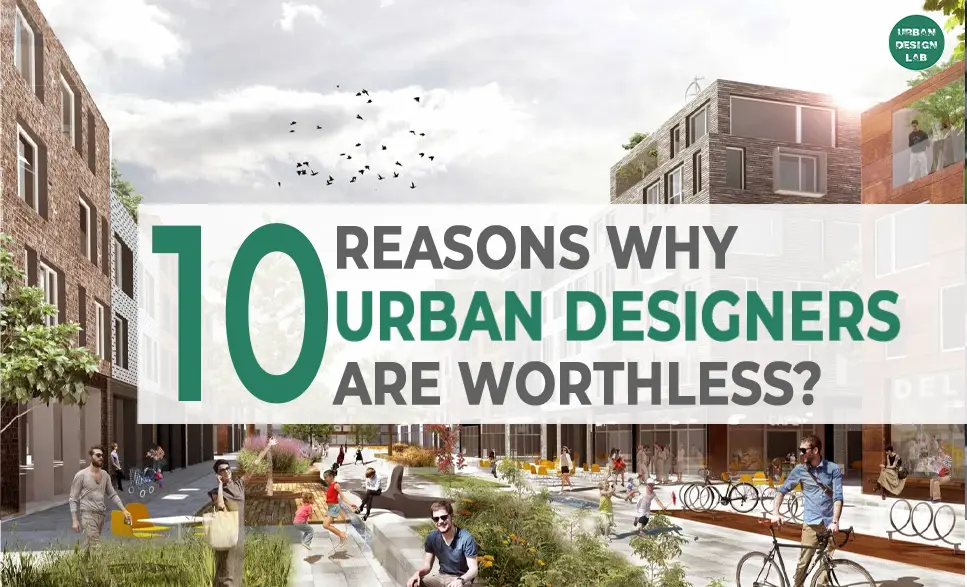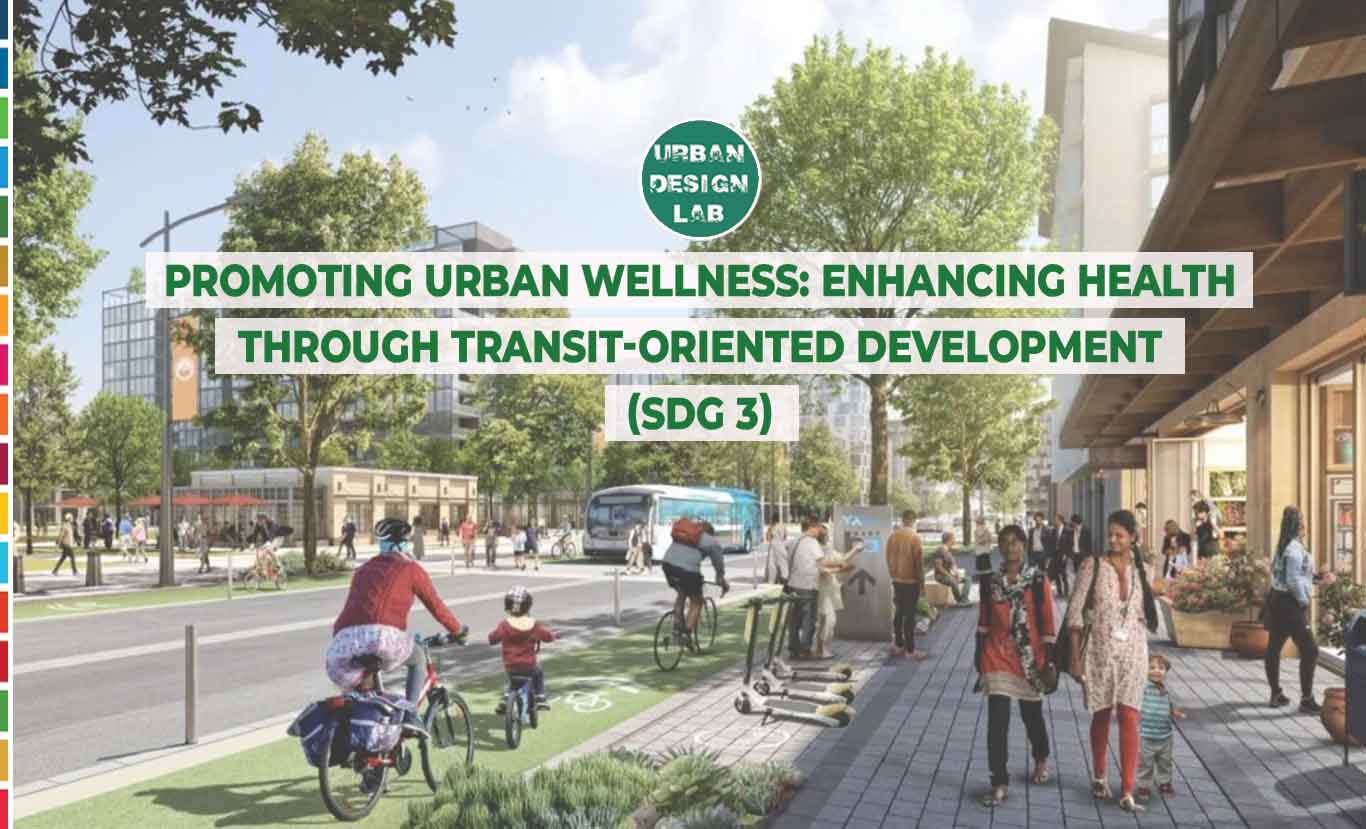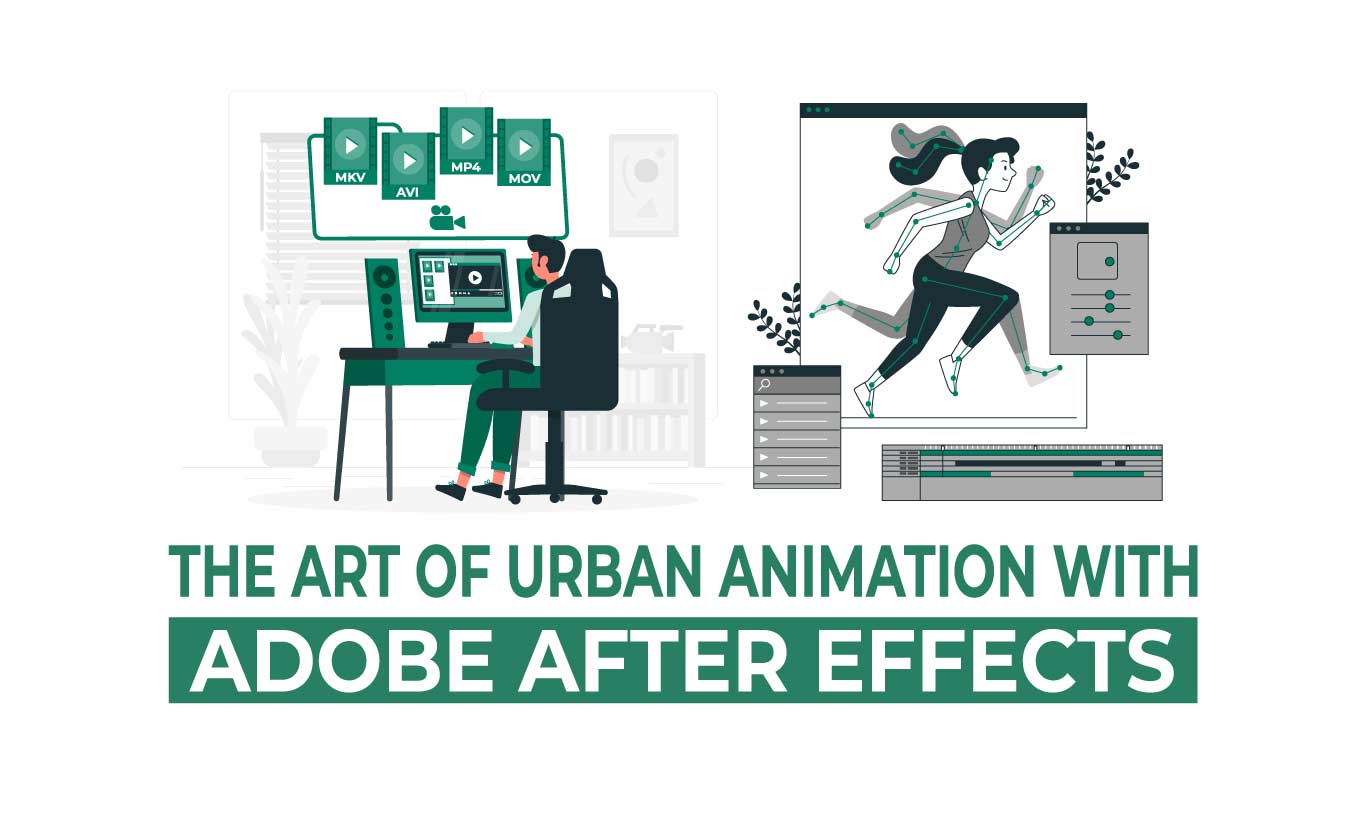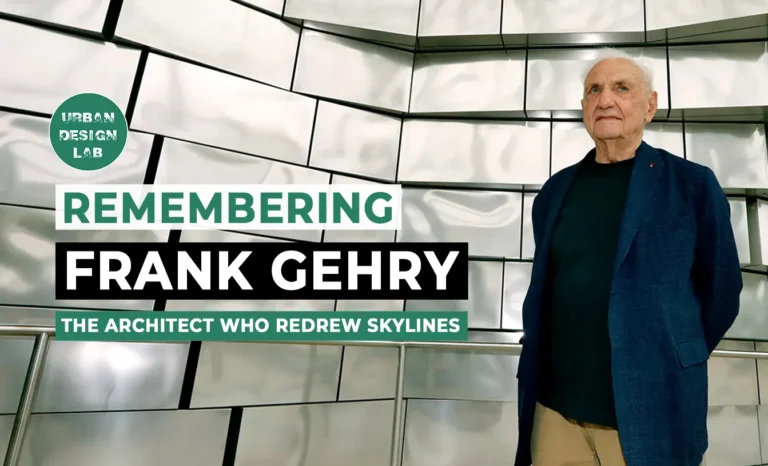
Rethinking the Central Business District: The Rise of the Central Social District
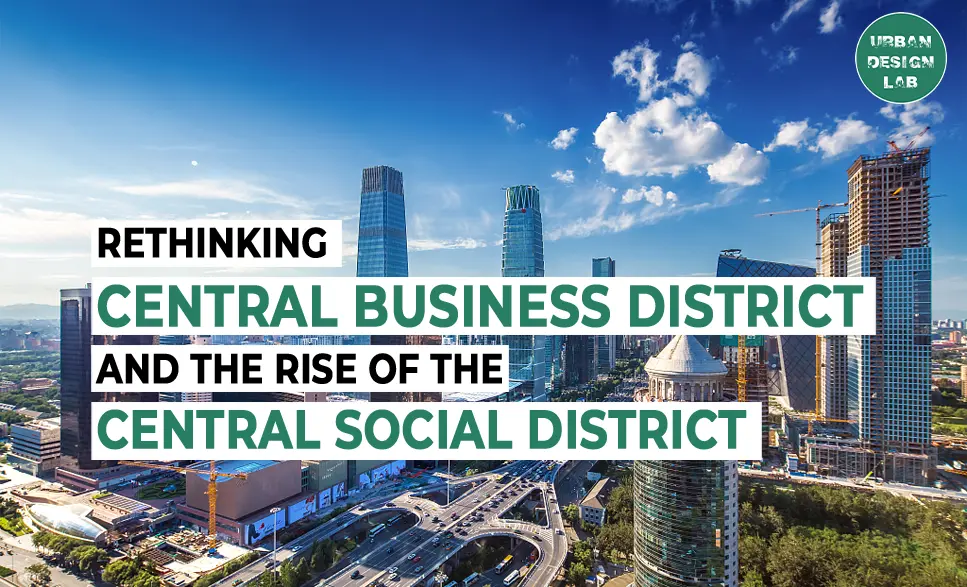
As the global urban population skyrockets, with estimates suggesting 70% of the world’s people will live in cities by 2050, the traditional Central Business District (CBD) faces an existential crisis. Once seen as the epicenter of economic and professional life, CBDs—characterized by office towers and commercial real estate—are grappling with diminished relevance, a crisis accelerated by the pandemic. With the advent of remote and hybrid work, fluctuating office occupancy rates, and competition from emerging mixed-use districts, urban cores must evolve or risk becoming relics of a bygone era.
In their place, a new model is gaining traction: the Central Social District (CSD). Unlike CBDs, which primarily focus on commercial real estate, CSDs are designed as vibrant, multi-use hubs that blend work, leisure, culture, and social interaction. These districts cater not only to office workers but also to residents, tourists, and visitors, creating spaces that reflect the modern urban lifestyle’s demands
The Fall of the Traditional CBD
The pandemic dealt a devastating blow to traditional office-based business districts (CBDs), fundamentally altering the landscape of urban workspaces. With a significant portion of workers now embracing hybrid models—where employees work an average of 2.3 days remotely per week—many urban centers are no longer bustling five days a week as they once were. The shift has led to an alarming increase in office vacancy rates, which have surged to 20.2% in the United States, dwarfing those in Europe (7.6%) and the Asia-Pacific region (14.7%).

This decline reflects more than just empty offices; it signifies a broader reevaluation of what urban life can and should look like in the post-pandemic world. Commuting to central business districts—once considered a hallmark of professional life—has lost its appeal amid rising gas prices, lengthy transit times, and an ever-expanding desire for work-life balance. Studies show that workers increasingly prioritize quality of life, seeking flexible arrangements that allow them to spend less time commuting and more time pursuing personal interests.
The pandemic has intensified the need for cities to adapt, moving away from the singular office-focused real estate model that has dominated urban planning for decades. As remote work becomes entrenched in corporate culture, cities are now faced with the challenge of revitalizing these underused spaces, requiring a strategic pivot towards more dynamic, mixed-use developments. Urban planners and developers must grapple with how to reimagine CBDs as vibrant, integrated neighborhoods that cater to the diverse needs of residents and visitors alike.
This evolution offers a unique opportunity for cities to rethink their approach to urban development, emphasizing adaptability and resilience in the face of changing workforce dynamics. By investing in infrastructure that prioritizes pedestrian access, public transportation, and community spaces, cities can create environments that not only draw people back into urban cores but also foster a renewed sense of community and connection. The fate of traditional CBDs hangs in the balance, as urban centers navigate this transformative moment in their histories.

Enter the Central Social District (CSD)
The transformation from CBD to CSD is not just a trend; it’s a necessity. Projects like Tokyo’s Roppongi Hills, London’s Covent Garden, and New York’s Hudson Yards exemplify the potential of CSDs. These districts integrate office, retail, residential, and public spaces, creating neighborhoods that are as vibrant after working hours as they are during the day. In these spaces, people can live, work, and play all in one place.
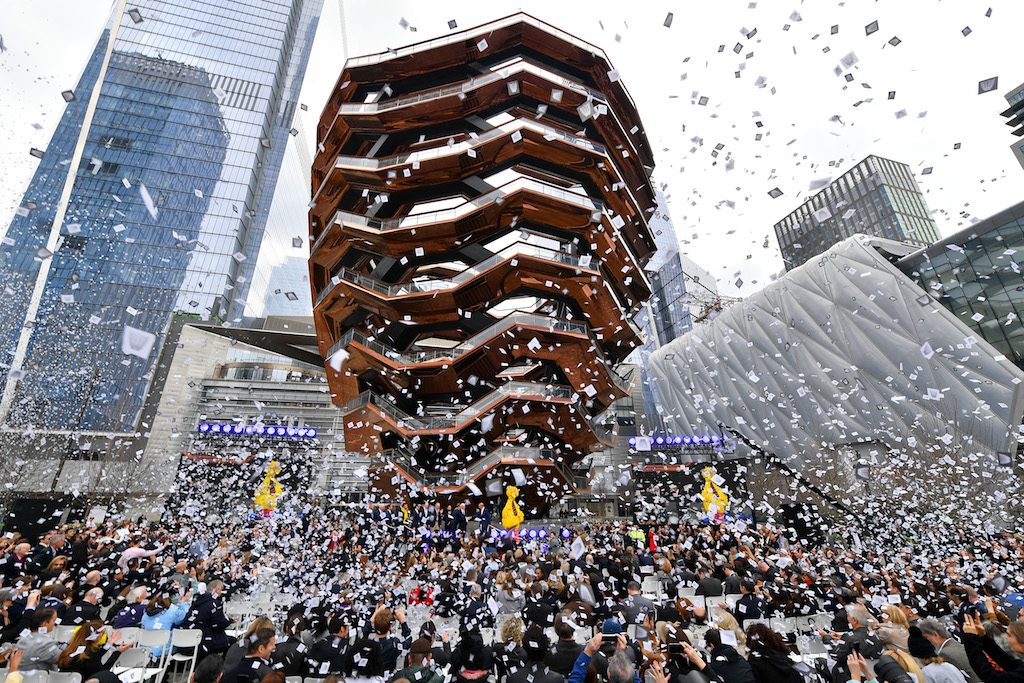

Take Hudson Yards in New York, for instance. Initially conceived as an alternative CBD, this development has morphed into a thriving CSD with restaurants, cultural spaces, and an abundance of public outdoor areas. The extension of the No. 7 subway line played a pivotal role in transforming the west side of Manhattan into a lively urban center. As a transit-oriented development, Hudson Yards taps into an essential component of successful CSDs: ease of access without reliance on personal vehicles.
Vancouver’s Bentall Centre is another shining example of a CSD in action. Kohn Pedersen Fox (KPF), the architectural firm leading the project, is rejuvenating the district by adding arts and cultural offerings while revamping the retail and office spaces. This shift is indicative of a broader trend—public and private stakeholders are investing in adaptive reuse projects to retain the character of urban spaces while minimizing environmental costs. CSDs like Bentall Centre blend modern amenities with sustainability, catering to a wide range of residents and visitors
What Does the Future Hold?
The move from CBDs to CSDs isn’t merely a reaction to the pandemic; it’s a long-term shift that aligns with broader trends in urbanization. The key to a successful CSD lies in adaptability—creating spaces that meet the diverse needs of today’s urban populations while remaining resilient against future disruptions. This means investing in sustainability, public spaces, and community-focused amenities that make these areas attractive not just for businesses, but for everyone.
Municipalities and developers are increasingly recognizing the importance of green spaces in new buildings. For example, Singapore’s 18 Robinson project by KPF incorporates publicly accessible green spaces throughout its vertical structure. These spaces reduce the urban heat island effect, enhance the public realm, and create more liveable environments in dense urban areas.
Beyond environmental considerations, CSDs emphasize human interaction and social engagement. Developers are incorporating a wide range of amenities, from fitness centers to cafes, that encourage people to spend time in these spaces beyond the typical 9-to-5 workday. In doing so, they foster a sense of community, connection, and well-being—a stark contrast to the impersonal, sterile office blocks that dominated the urban landscape in previous decades.

The Economic Case for Central Social Districts
There’s a growing consensus that the success of Central Social Districts (CSDs) cannot solely be measured by traditional economic metrics. While profitability remains important, quality of life and environmental impact are becoming critical drivers of urban development. As urban populations swell, the pressure on city planners and developers to create inclusive spaces has intensified. In this evolving landscape, CSDs are emerging as pivotal solutions that prioritize community engagement and sustainability.
Developers and city planners are rethinking how they approach density—prioritizing smaller office spaces and integrating them with cultural, educational, and recreational programs that attract a diverse mix of people. This shift is not merely a reaction to the pandemic but part of a broader strategy to create vibrant neighborhoods where businesses, families, and visitors can coexist harmoniously. Research shows that cities with diverse, mixed-use environments tend to see greater economic resilience and community well-being.
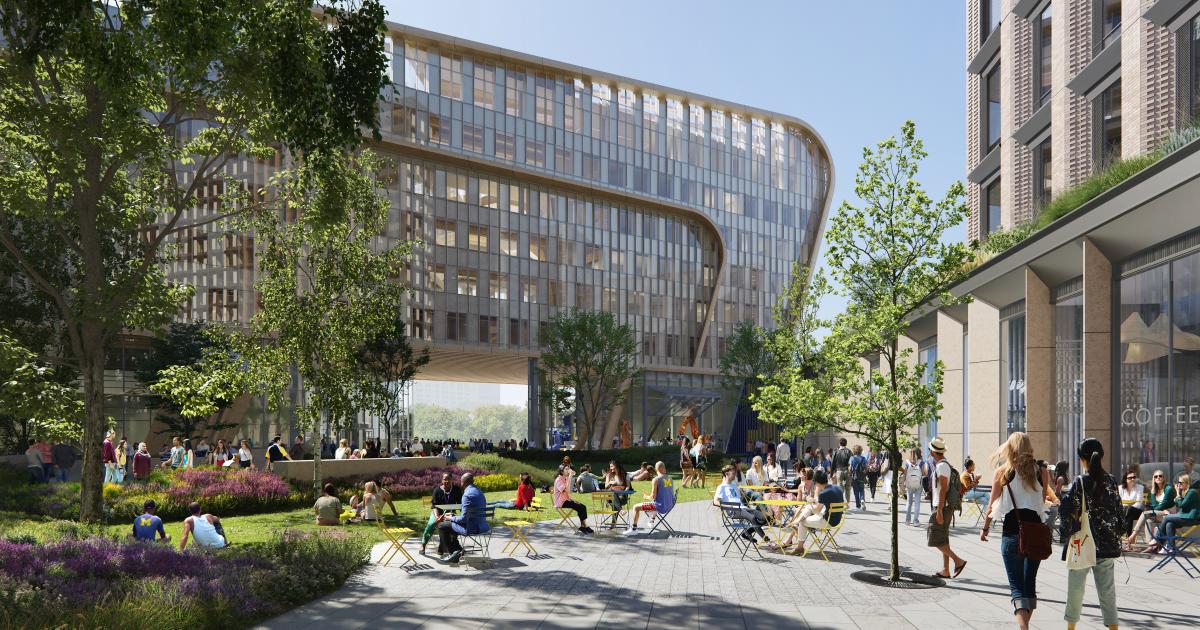
For instance, Detroit’s Columbia Street Corridor exemplifies how lifestyle programming, sports, and culture can intertwine to revitalize a community. By fostering a sense of place and belonging, such districts can enhance local economies through increased foot traffic and spending.
Similarly, Austin’s Waterline integrates office, hotel, and retail spaces with vibrant pedestrian zones, encouraging people to linger, engage, and contribute to the local economy. This blending of uses not only provides convenience but also sparks a dynamic social life, attracting residents and visitors alike.
Moreover, cities are recognizing that investing in CSDs can yield substantial long-term returns. By enhancing the quality of urban life—through green spaces, public art, and community-oriented programming—developers are not only addressing immediate economic concerns but are also laying the groundwork for sustainable growth(
Gensler.
In the competitive arena of urban real estate, the value proposition of CSDs increasingly rests on their ability to promote human well-being and environmental sustainability, ultimately leading to stronger, more cohesive communities.

Conclusion: Embracing a New Urban Future
As cities across the U.S. and around the world face ongoing challenges—from climate change to shifting workforce patterns—the Central Social District presents a compelling solution. By blending sustainability, community, and economic vitality, CSDs provide a blueprint for the 21st-century city: one that is adaptable, inclusive, and people-centered.
The days of monolithic business districts may be numbered, but in their place, a new type of urban hub is rising—one that has the potential to transform not just the way we work, but the way we live
Summary:
- Pandemic Impact: The pandemic has caused a 20.2% office vacancy rate in the U.S., challenging traditional Central Business Districts as hybrid work models become mainstream.
- Evolving Work Culture: With employees averaging 2.3 remote workdays weekly, long commutes are losing their appeal, reshaping urban commuting patterns.
- Rise of Central Social Districts: Cities are shifting to Central Social Districts (CSDs) that prioritize mixed-use developments and community interaction, creating vibrant urban centers.
- Sustainability Focus: Urban planning is increasingly centered on sustainability, incorporating green spaces and retrofitting older buildings to enhance quality of life.
- Collaborative Urban Development: The future of cities relies on strong public-private partnerships to create inclusive environments that balance work and leisure, redefining urban experiences for residents.
UDL Illustrator Masterclass
Decipher the secrets of Mapping and 3D Visualisation

Urban Design Lab
About the Author
This is the admin account of Urban Design Lab. This account publishes articles written by team members, contributions from guest writers, and other occasional submissions. Please feel free to contact us if you have any questions or comments.
Related articles


Architecture Professional Degree Delisting: Explained
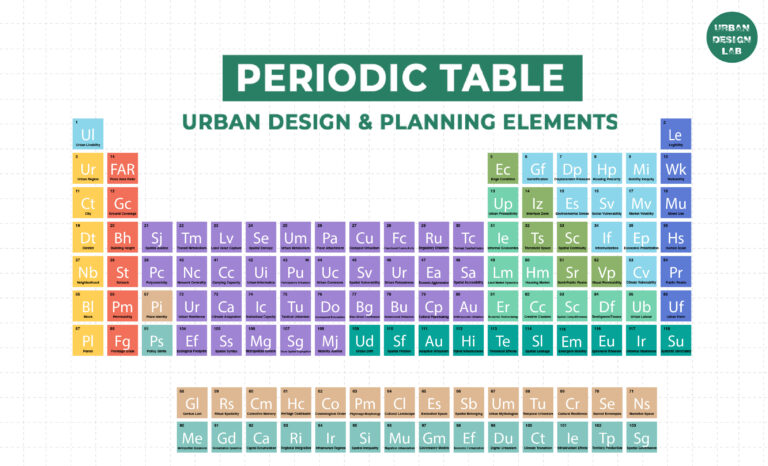
Periodic Table for Urban Design and Planning Elements
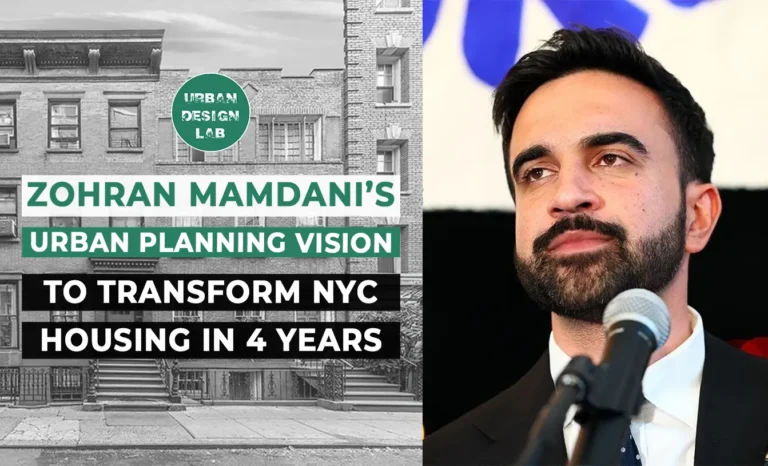
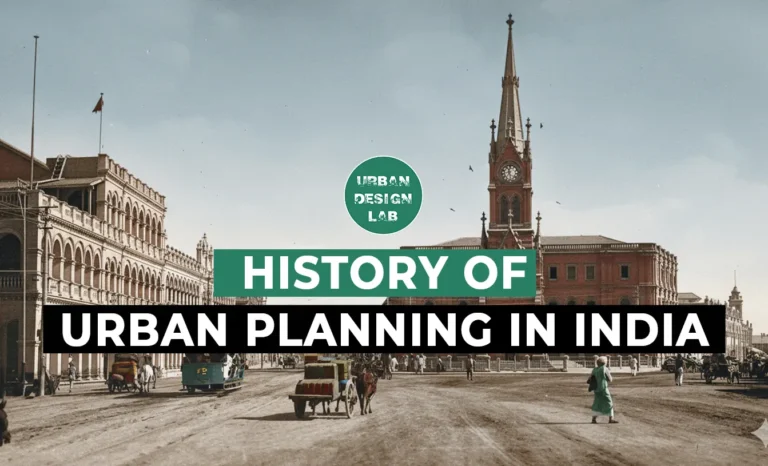
History of Urban Planning in India
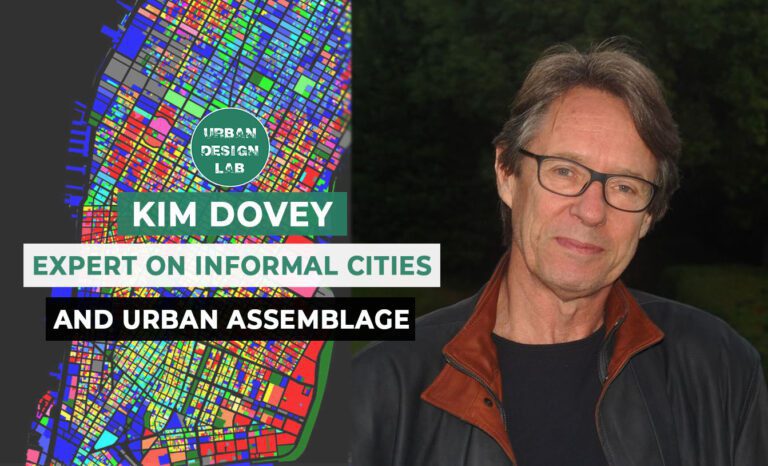
Kim Dovey: Leading Theories on Informal Cities and Urban Assemblage
UDL Illustrator
Masterclass
Visualising Urban and Architecture Diagrams
Session Dates
17th-18th January 2026

Urban Design Lab
Be the part of our Network
Stay updated on workshops, design tools, and calls for collaboration
Curating the best graduate thesis project globally!

Free E-Book
From thesis to Portfolio
A Guide to Convert Academic Work into a Professional Portfolio”
Recent Posts
- Article Posted:
- Article Posted:
- Article Posted:
- Article Posted:
- Article Posted:
- Article Posted:
- Article Posted:
- Article Posted:
- Article Posted:
- Article Posted:
- Article Posted:
- Article Posted:
- Article Posted:
Sign up for our Newsletter
“Let’s explore the new avenues of Urban environment together “

























